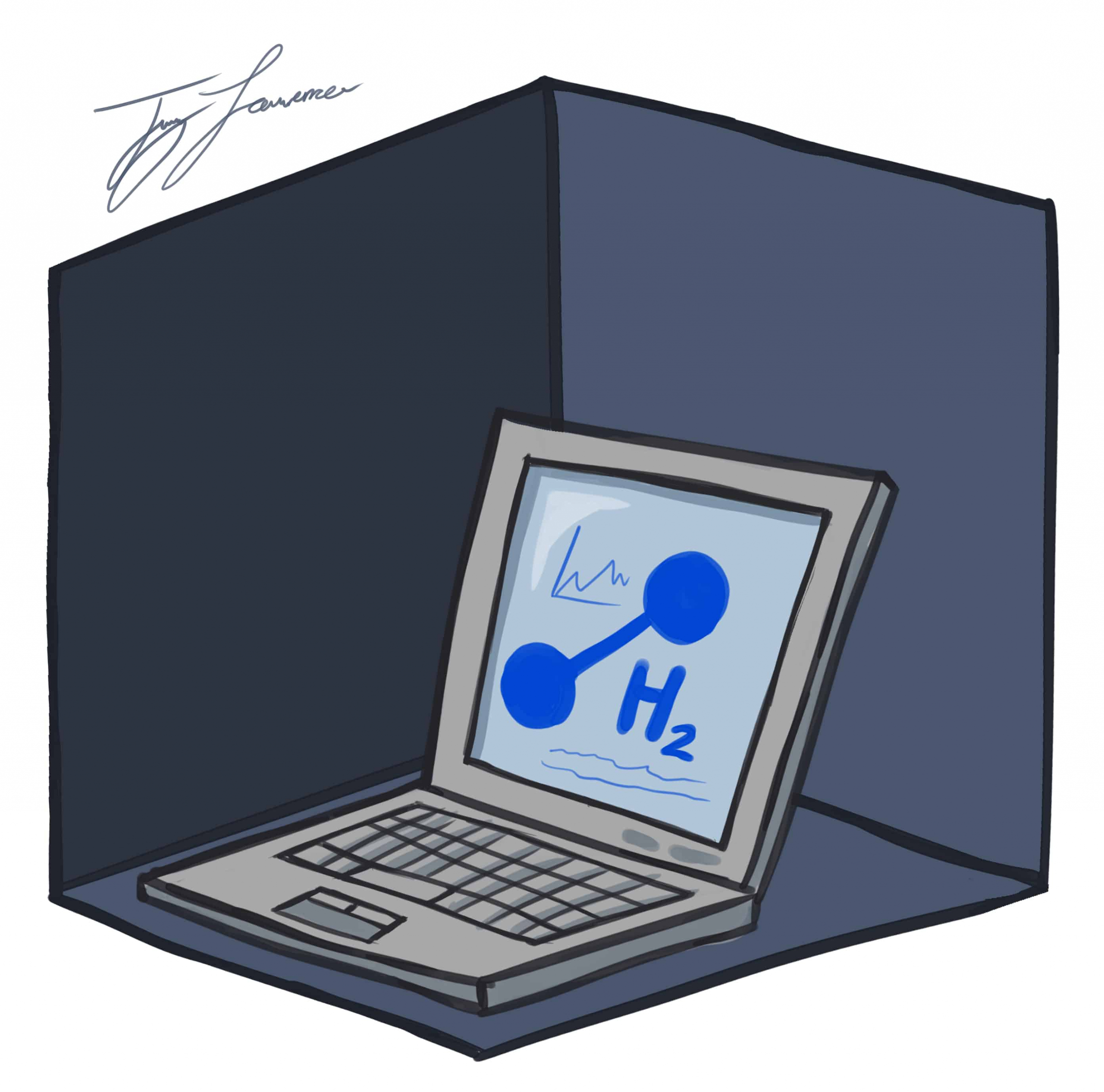A group of researchers including Alán Aspuru-Guzik, U of T professor and Canada 150 Research Chair in Theoretical & Quantum Chemistry, has achieved a world first in quantum chemistry.
A recent study in Physical Review X published the findings of a quantum computer used to calculate the ground-state energy of molecular hydrogen (H2) and lithium hydride (LiH). Ground state refers to the lowest possible energy level of electrons in an atom or molecule.
Although these bonds have been simulated before, this is the first time a multi-qubit — pronounced ‘cue-bit’ — system has been used. While qubits are the basic unit of quantum information, classical computing uses basic units known as bits, which are unable to solve complex computations.
Quantum chemistry is a subfield of chemistry that uses quantum mechanics to model physical systems like chemical bonds and reactions. Quantum chemistry uses ground states, transition states, and excited states to model bonds and reactions.
Where transition states signify the highest possible energy levels in a given molecule or atom, excited states include all energy levels when moving between ground and transition states.
Many advances have been made in the field of quantum chemistry in years prior. In 2010, the hydrogen atom was simulated using photonic and nuclear magnetic resonance experiments.
In 2013, another photonic experiment was used to simulate the hydrohelium cation HeH+. In 2015, the dissociation curve of the same cation was modelled.
We saw the first scalable quantum chemistry simulator on a superconducting platform in 2016, and in 2017, three molecules — H2, LiH, and beryllium hydride, or BeH2, — were simulated on a superconducting qubit platform.
However, these experiments involving ion-trap implementation were limited to a single qubit.
In contrast, this experiment used the trapped-ion model, which was implemented in conjunction with the variational quantum eigensolver (VQE) algorithm. This algorithm was used to calculate the molecular ground-state energies of H2 and LiH, which were then used to simulate their respective bonds.
In effect, the ions are isolated in free space using electromagnetic fields and, once stabilized, they are used to store qubits. This allows quantum information to be transferred through the motion of the ions in a shared trap.
Lasers are used to induce coupling between the internal qubit states and the external motional states for multi-qubit experiments. In other words, the ions become excited and move from a lower energy state to a higher one, which leads to an increase in ion size and allows them to start interacting. The more qubits involved, the more data is shared.
This groundbreaking study is an indication that data processing and collection through quantum computers could become faster, leading to practical applications in many areas from medicine to artificial intelligence.
Currently, even the largest supercomputers are struggling to accurately model molecules. The researchers chose to model H2 and LiH because they are easily understood molecules, and can be modelled using classical computers. Modelling simple bonds helps to pinpoint the accuracy of quantum computing and refine its applications to chemistry.
Simulations of said molecules would allow scientists to model and understand different chemical reactions with lower energy pathways. This would enable the design of new catalysts — substances that increase the rate of reactions — by reducing the amount of energy needed to start them.
The production of new catalysts could lead to the development of new fertilizers, better batteries, and organic solar cells.
The high speed afforded by quantum computing could also benefit the medical field. Masses of data produced through biomedical research on genomes could be more easily shared and handled by scientists. This, in turn, could lead to advances in personalized medicine, useful in treating diseases such as cancer.
More research is still needed to limit errors and their consequences, especially as the VQE method is vulnerable to calibration errors early on, and some errors cannot directly be recovered from.
But with developments in machine learning, scientific discoveries in fields like chemistry can be made much more quickly, and can lead to more advancements.


